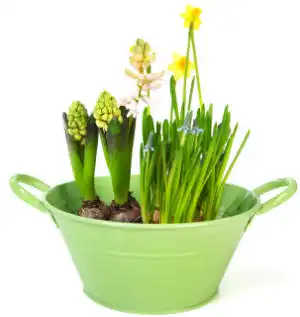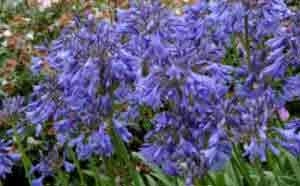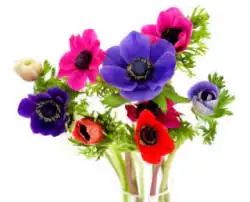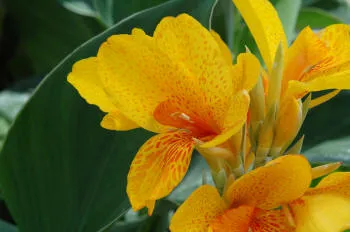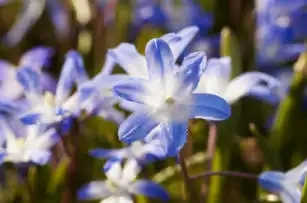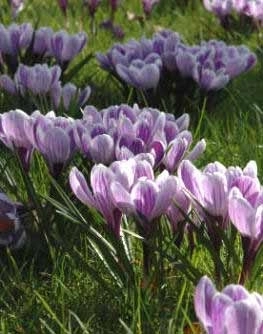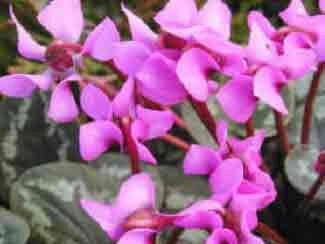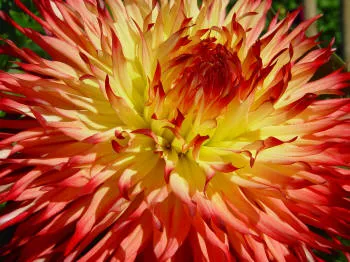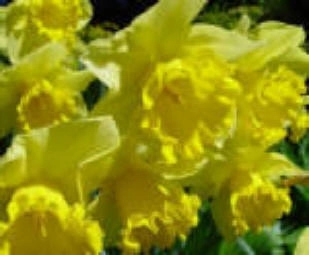Many Types of Bulbs are grown indoors and greenhouses to filter out the winter. The majority are started around Christmas time. Bulbs require a special type of compost known as Bulb Fibre.
You can either purchase this in bags of various sizes, or if you are so inclined, you can easily make your own bulb fibre. You should not use ordinary potting compost for this purpose.
Ordinary potting compost will have fertilizer added, and the generally moist conditions required for growing bulbs indoors will render the compost unsuitable for this use.
Reason being, that bulbs being grown indoors are normally grown in a pot or bowl with no drainage holes. This makes for a tidy display, with no water dripping through on to a prized item of furniture.





As the bulb being forced, does not require or use the fertilizer present in normal potting compost, the moist growing conditions will keep releasing chemicals from the fertilizer into the bulb compost, where they will be turned into mineral salts that are eventually detrimental to the bulb's wellbeing.
